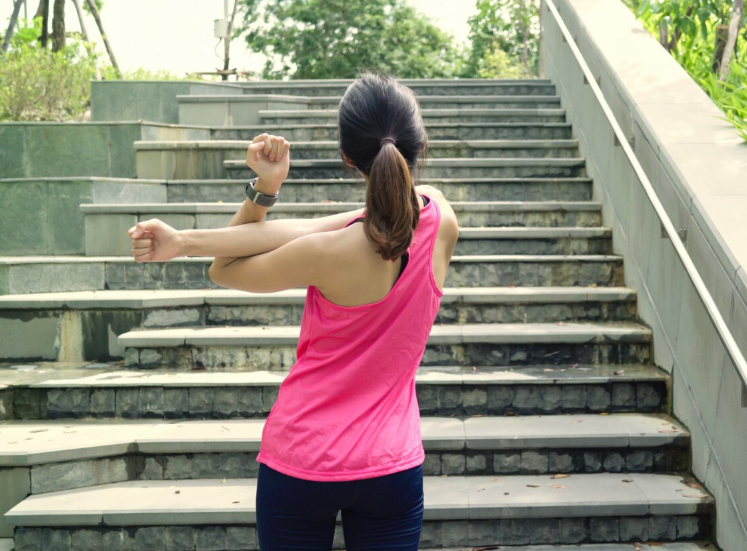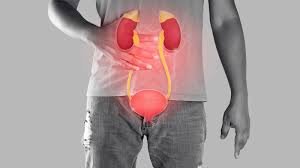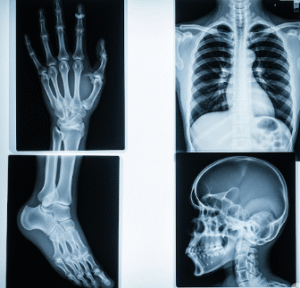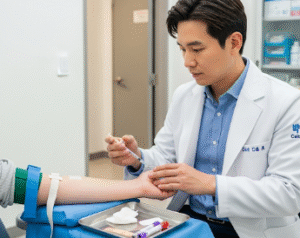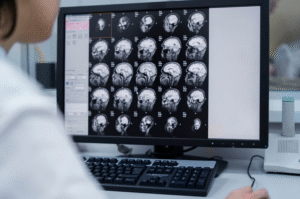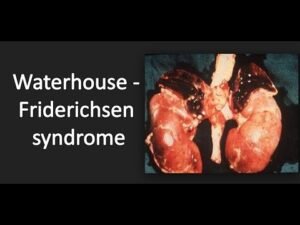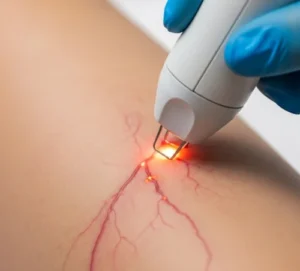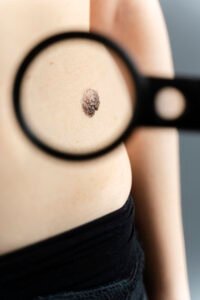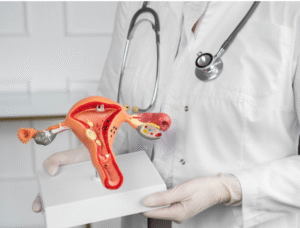What It Is
A back lift is a surgical procedure that removes excess skin and fat from the upper or mid-back, improving contour and eliminating folds or bulges that may appear around the bra line in women or across the back in men. It is often performed after significant weight loss or as part of body contouring surgeries to restore a smoother, firmer back profile.
The surgery is also called a bra-line back lift when targeting the folds that sit along the bra strap area.
Why It’s Done
Patients seek a back lift because:
- They have loose, hanging skin on the upper or mid-back after weight loss.
- Bulges around the bra line create discomfort and difficulty wearing fitted clothing.
- They want to improve self-confidence in swimwear or revealing outfits.
- Non-surgical treatments have not improved skin laxity.
Good candidates include:
- Men and women with moderate to severe back skin laxity.
- Patients who are at a stable, healthy weight.
- Non-smokers in good overall health with realistic expectations.
Alternatives
- Liposuction: Suitable for fat-only issues but not effective for significant skin laxity.
- Non-surgical treatments: Radiofrequency or ultrasound skin tightening may help with very mild sagging but cannot remove excess skin.
- Lower or upper body lift: For patients with circumferential skin redundancy, a larger body lift procedure may be more appropriate.
Preparation
Before a back lift in Korea, patients will:
- Have a consultation to evaluate skin laxity, fat deposits, and incision planning.
- Complete medical testing including bloodwork and general health assessment.
- Stop smoking and alcohol for at least 4 weeks before surgery.
- Avoid blood thinners and supplements that increase bleeding.
- Arrange 1–2 weeks of downtime and help at home during early recovery.
How It’s Done
- Anesthesia: Performed under general anesthesia.
- Incision: A horizontal incision is placed across the back, typically hidden along the bra line for women or within natural folds for men.
- Skin and fat removal: Loose skin and excess fat are excised.
- Tissue tightening: The remaining skin is pulled tight to create a smoother back contour.
- Duration: 2–4 hours, usually performed as an outpatient or with one overnight stay if extensive.
Recovery
- First week: Swelling, bruising, and tightness across the back are common. Pain is usually controlled with oral medication.
- Dressings and garment: Compression garments or dressings are worn for 6–8 weeks to minimize swelling.
- Return to work: Most patients return to light activities within 1–2 weeks.
- Exercise: Light walking is encouraged early; strenuous workouts should be avoided for 4–6 weeks.
- Results: Improved contour is visible immediately, with final results after 3–6 months as scars fade and swelling subsides.
Possible Complications
- Temporary bruising, swelling, or numbness in the incision area.
- Prominent scarring across the back (though placed strategically to be hidden).
- Delayed wound healing due to back movement and skin tension.
- Rare risks: infection, asymmetry, or blood clots.
Treatment Options in Korea
Diagnosis
Korean surgeons assess skin laxity and back folds through physical exam. Advanced clinics may use 3D body imaging to show the expected improvements.
Medical Treatments
For mild concerns, non-surgical tightening (radiofrequency, ultrasound, or laser treatments) may be recommended, but surgery is the most effective solution for significant sagging.
Surgical or Advanced Therapies
- Back lift (bra-line lift) for localized skin redundancy.
- Extended or circumferential body lift for patients with widespread laxity after massive weight loss.
- Combination with liposuction for refined contouring if stubborn fat is also present.
Rehabilitation and Support
- Regular follow-up visits to monitor wound healing and scar progression.
- Scar management treatments such as silicone sheeting or laser therapy.
- Post-op physiotherapy or lymphatic drainage massage to ease stiffness and reduce swelling.
- International patients receive detailed aftercare instructions with translation support in many Korean clinics.

